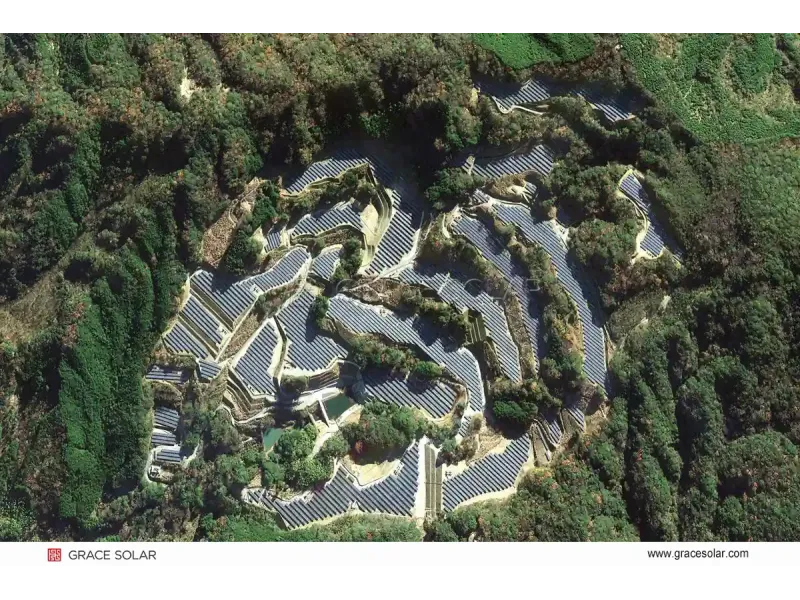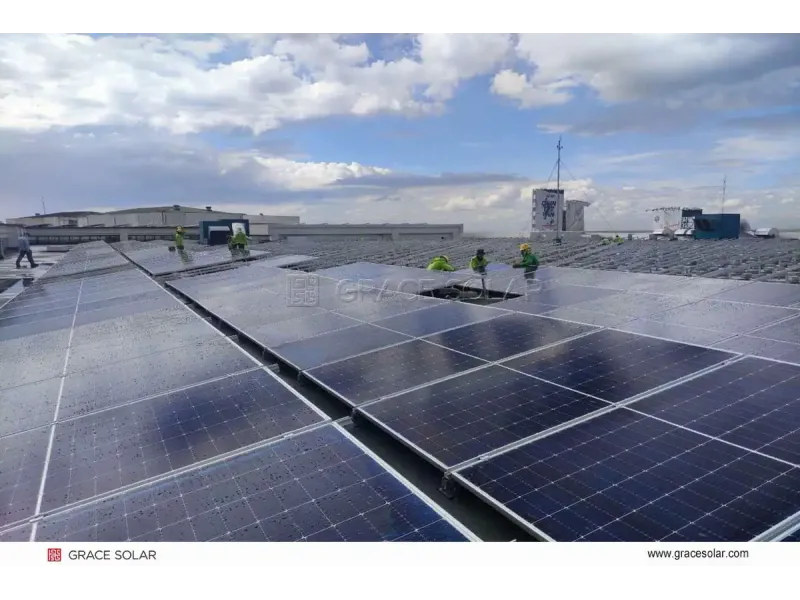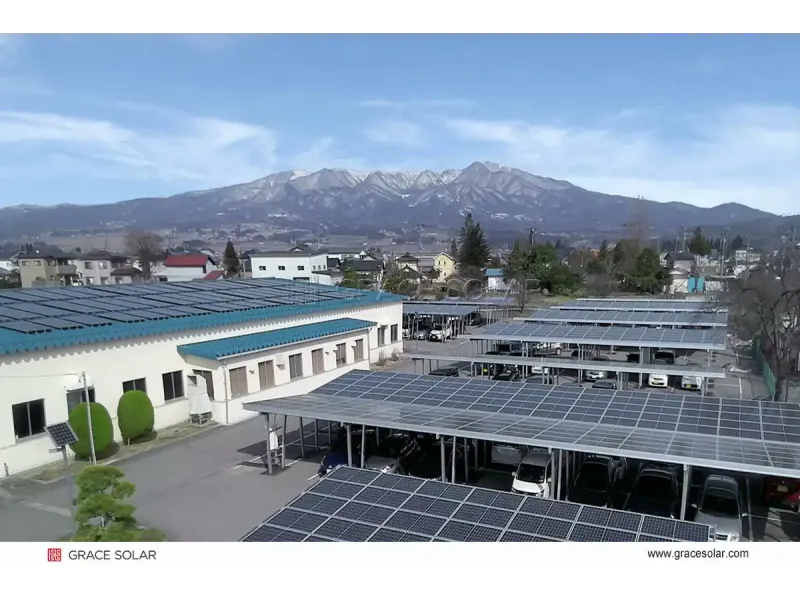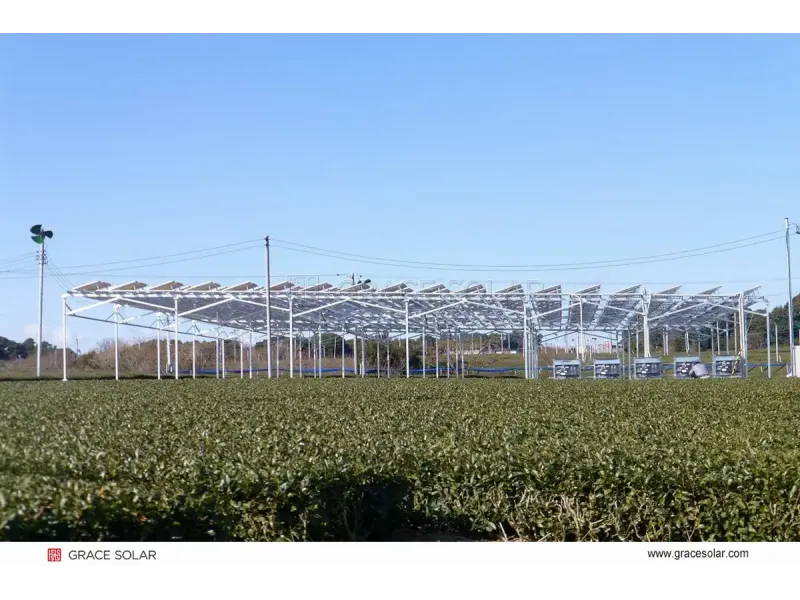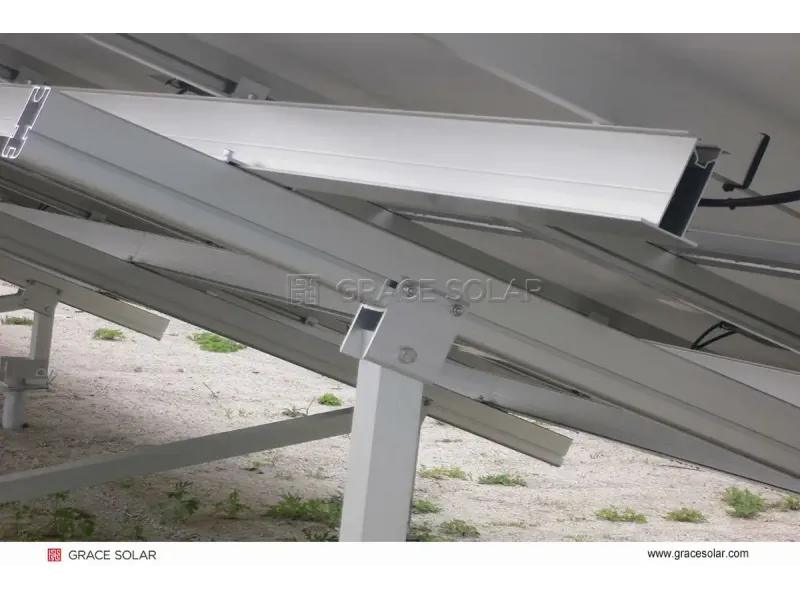Active Solar Tracking Technology: Precision Energy Harvesting
Modern active solar trackers use real-time positioning systems to optimize panel alignment, increasing energy yield by 25-40% compared to fixed systems. This technology revolutionizes solar farms through three core mechanisms:
- Continuous sun position detection
- Precision motorized adjustments
- Adaptive weather response systems
Core Operating Principles
1. Sensing Technology
Advanced trackers employ dual monitoring systems:
- GPS-Astronomical Algorithms: Calculate theoretical sun position
- Photometric Sensors: Detect actual irradiance patterns
- Inclinometers: Verify panel tilt accuracy (±0.5° precision)
2. Drive Mechanisms
Dual-axis systems like the dual-axis tracking solutions use linear actuators that:
- Respond within 3 seconds of position changes
- Operate at ultra-low power (0.04kWh/day)
- Survive extreme temperatures (-40°C to +80°C)
Intelligent Control Systems
Modern controllers integrate:
Adaptive Algorithms
- Cloud prediction models boost yield by 8% on overcast days
- Backtracking eliminates inter-row shading
- Real-time performance monitoring via LoRa/Zigbee
Safety Protocols
- Automatic stow position at 18m/s wind speeds
- Triple-limit protection systems
- Self-diagnosing motor protection
Tracking System Comparison
| Feature | Single-Axis | Dual-Axis |
|---|---|---|
| Energy Gain | 25-30% | 35-40% |
| Terrain Adaptability | 20% slope | 15% slope |
| Installation Density | 90 modules/row | 120 modules/row |
Engineering Innovations
Modern solar tracking systems feature:
- Multi-point drives increasing structural stiffness by 20%
- Self-grounding systems eliminating separate grounding hardware
- HDG steel construction passing C4 corrosion certification
- Integrated power systems reducing LCOE costs
Optimizing Solar Investments
Advanced trackers like the 2-axis systems deliver ROI through:
Structural Advantages
- 47m/s wind resistance rating
- 25-year structural warranty
- 20% reduction in O&M costs
Performance Features
- ±2° tracking accuracy
- 8-minute emergency flattening
- Bifacial module optimization
For commercial-scale implementation, explore our EPC integration solutions combining trackers with performance guarantees.

